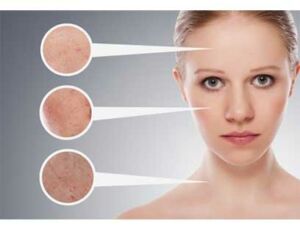Intense Pulsed Light Therapy for Aging Skin :Intense pulsed light therapy is a non-ablative treatment option. It uses an intense but gentle beam of light to treat aging skin conditions without damaging surrounding tissue. Pain and recovery time are typically minimal.Â
How to prepare for the procedure
Before the procedure, an ASDS dermatologist will usually review the patient’s medical history and conduct a physical exam. This is the time for the doctor and patient to discuss expectations, potential risks and outcomes of the procedure. Patients also should:
- Avoid sunbathing, tanning beds, waxing, chemical peels or collagen injections for two weeks prior to the procedure.
- Avoid perfumes, deodorants or any potential irritants in the treatment area before and after treatment.
- Avoid aspirin, anti-inflammatory drugs and herbal supplements due to increased risk of bleeding.
In addition, patients should:
- Avoid applying makeup or lotion to the treated area for either 24 hours or until all signs or redness and stinging have dissipated.
- Apply a good moisturizing lotion to the treated area twice daily for the duration of the treatments and for at least three months after final treatment.
What to expect after the procedure
Patients may not see any significant changes until several weeks after the surgery. Other post-procedure issues include:
- Treated area may be pink or red for four to eight hours or longer after treatment.
- A slight stinging sensation, similar to a mild sunburn in the treated area. This sensation usually subsides within four to six hours. Cool packs or moist cloths may be applied to reduce the sensation.
- Mild swelling in the treatment area that usually dissipates within several days.
Possible risks
As with any treatment, there are risks associated it, though they are minimized in the hands of a qualified ASDS dermatologist. These include:
- Pain
- Swelling
- Discoloration
- Bleeding
- Infection
- Scarring
- Crusting

